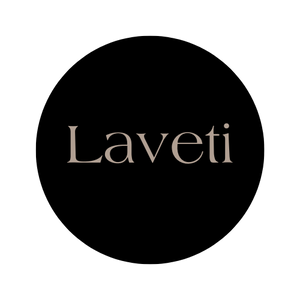Na Ibe
Mats are made of voivoi (Pandanus caricosus) and other materials, especially kuta sedge (Eleocharis sp.) were made throughout Fiji. Even today, the cool mat floor of a Fijian house is a very agreeable place in tropical weather. The layers of mats, from rough coconut-leaf tabakau to pandanus-leaf icoco are soft and springy when sitting or sleeping. Mats were and are an important valuable (iyau) in Fiji but few survive from the nineteenth century due to their inherent fragility and vulnerability to insect attack. They were the exclusive products of women and are closely associated with women’s sense of self-worth and status.
In the nineteenth century special mats for presentation were bordered with red feathers from birds such as the kula (collared lorry: Phigys solitarius), similar to but less fine than the ‘ie toga mats which were great valuables in Tonga and Samoa. However, with the arrival of coloured woolen yarns, and later, acrylic yarns (both called kula), Fijian women have developed dramatic displays mats with multiple borders (ibe vakabati) in stunning colour combinations. These mats are often embellished with black somo designs, created by pandanus leaf strips which have been soaked in black mud and boiled. Mats of this kind are presented in great quantities at weddings, when they are laid out for viewing (tevutevu) and to provide a special seat for the bride and groom during wedding rituals.
Around Fijian traditional chiefdoms, there are numerous special mats with their own designs woven and reserved only for its chieftains. These special mats have their own names, measurements and distinctions and is not freely given outside a chieftaincy.
Some Words Associated with Fijian Mats
- Davodavo – a sleeping mat
- icoco (stress on both /o/) – large living room mats measuring 2 meters or more
- Kula – formerly referring to the red feathers of the kula bird that used to adorn mats; now referring to woolen and acrylic yarns adapted for the same purpose
- Kuta – mats woven from sedge reed
- Lawa/lawaci – the act of beginning the process of weaving a mat
- Saumaki – the act of completing the weaving of a mat
- Somo – blackened voivoi used to create designs on a mat
- Somo – term referring to black treated pandanus leaves
- Toci – stripping a pandanus leaf with the edge of a shell into appropriate sizes for weaving
- Vakabati – mats with multiple borders with stunning kula combinations
- Vavakula – process of weaving in woolen yarns on mat edges
- Voivoi (pandanus) also known as kie in parts of Fiji
- Volavola – designs woven on a mat with black dyed pandanus
- Walui – scrapping a panadanus leaf to straighten it after curing in the sun





